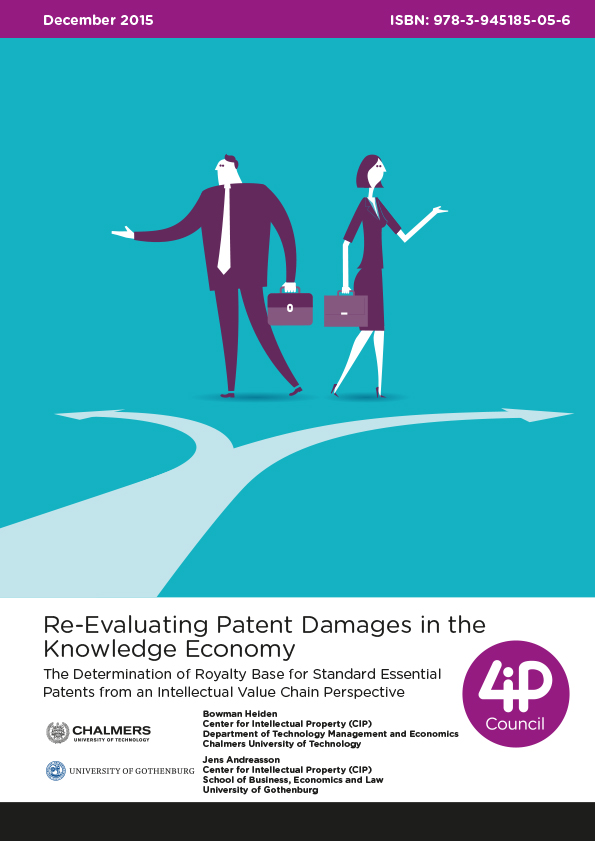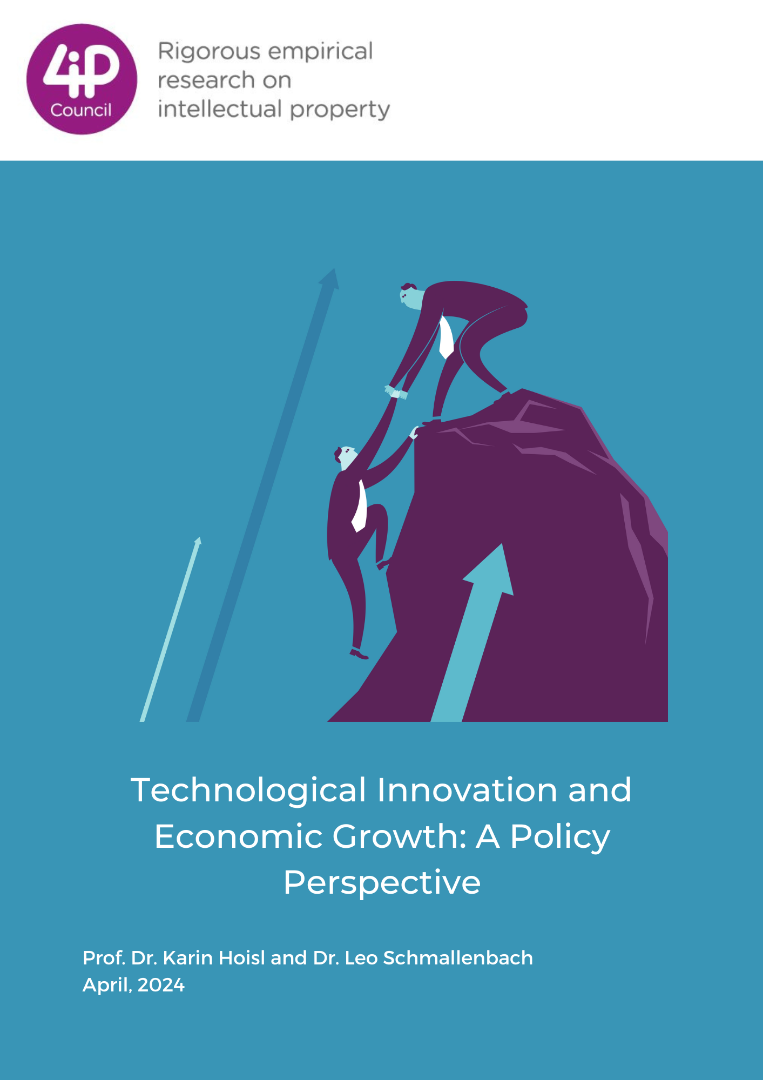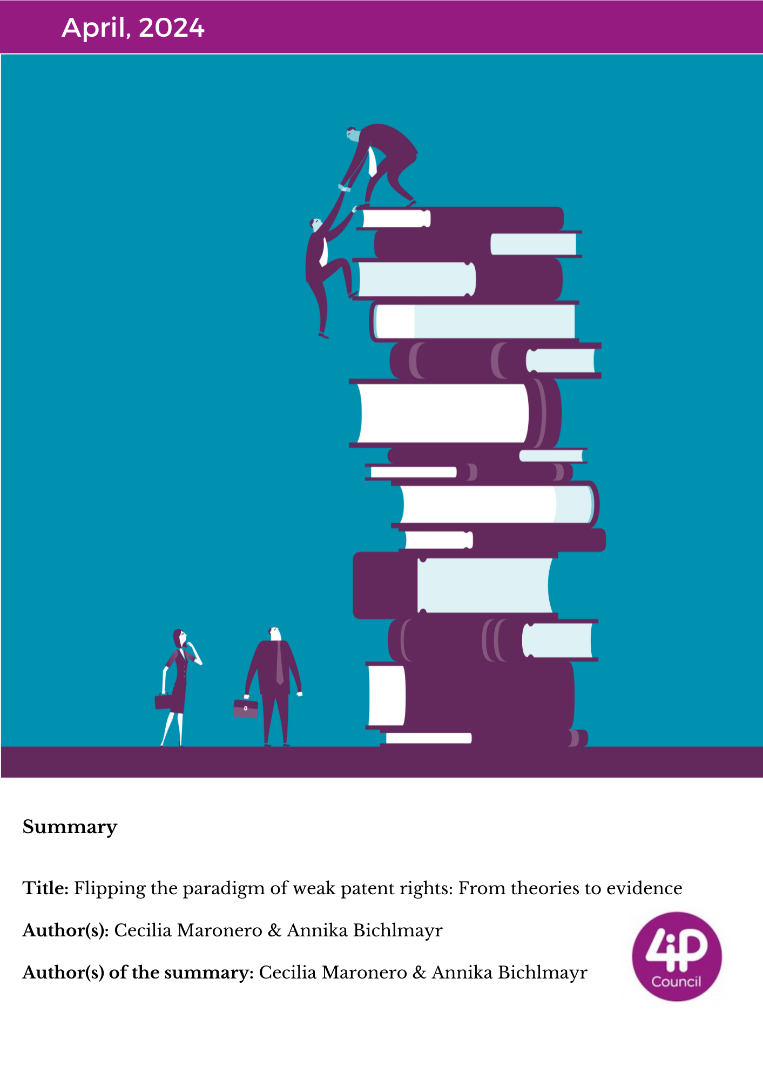1. Introduction
Patent valuation is a complex and imprecise process exemplified by the long, contentious history regarding the determination of patent damages in US jurisprudence. This process is made even more difficult as products increasingly undergo technology convergence and market actors deploy divergent business strategies to extract value from their intellectual property. This has led to an increase in patent litigation and a greater need for courts to more accurately calculate patent value. Courts have deployed several procedural rules including the use of the smallest saleable patent practicing unit (SSPPU) and the entire market value rule (EMVR) as a means to reduce the complexity. However, as these rules impact the determination of the royalty base, which can differ by orders of magnitude, the applicability of their use in different market contexts and norms requires investigation as their use by the courts could have a systemic effect on industrial dynamics and economic efficiency in specific markets, especially those reliant on open standards. The goal of this study is to investigate the applicability and implications of the current legal norms for the choice of royalty base in relation to the prevailing market norms regarding SEP transactions in the telecommunication industry. The full paper will be available in an academic journal in the near future. Below is a short summary of the preliminary findings.
2. Value Creation in the Knowledge Economy
For this study the focus is on the key operational differences between competition on a product market (i.e. a MVC) versus a technology market (i.e. an IVC), where the former is primarily concerned with the production and sale of physical products and the latter with the packaging of knowledge as intellectual property and commercialization through license-based transactions. While the material value chain (MVC) can be seen as a component of a more holistic intellectual value creation process, this paper will define the two value chains as separate but complementary as a means to better illustrate the different commercial logics and strategies deployed by market actors – see figure 1 below. This is particularly relevant considering the changing role of IP licensing from being simply an alternative to in-house production to a primary means of generating revenue and facilitating access in standards-enabled markets with multi-technology products, where IP ownership is often distributed among many actors. As technology/patent licensing is often directed at producers of physical products, special interest will be given to the intersection of the two value chains (i.e. the position in the material value chain where licensing takes place) as this directly relates to the determination of royalty base.







